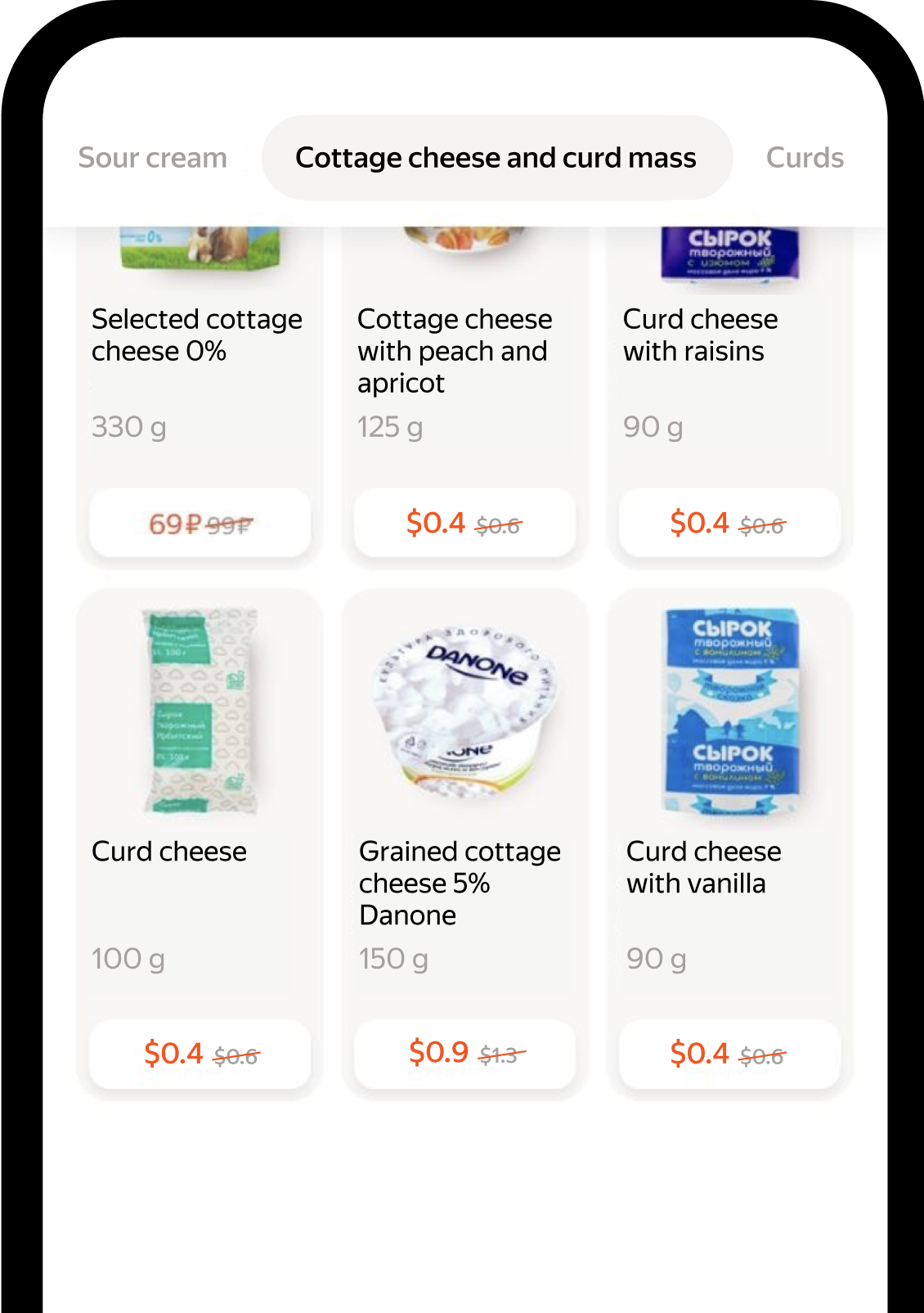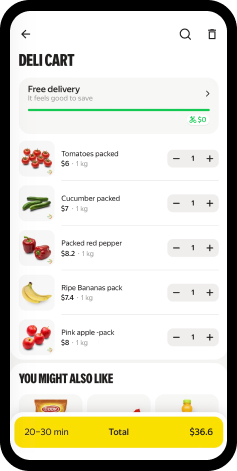Yango Tech and Surtifamiliar Partner for Next-Generation AI-Powered Grocery E-commerce in Colombia


The rise of e-commerce has revolutionized the way consumers shop for groceries. One of the most significant advancements in this domain is dynamic pricing, a pricing strategy that adapts to real-time market conditions. Dynamic pricing is reshaping the e-grocery industry by providing personalized and competitive pricing to customers. In this article, we will explore dynamic pricing, its benefits, the innovative Surging machine-learning algorithm, key metrics to follow, and its impact on the e-grocery industry.
Dynamic pricing, also known as surge pricing, is a pricing strategy in which the cost of a product or service is adjusted based on real-time market demands and supply chain factors.
Unlike static pricing, where prices remain constant over a set period, dynamic pricing enables retailers to change prices rapidly, responding to shifts in demand, inventory levels, and other variables. This strategy is widely used in the e-grocery industry to optimize revenue and enhance customer satisfaction.

Surging is an innovative machine-learning algorithm specifically designed for e-grocery. Developed to optimize pricing strategies, Surging analyzes vast amounts of data to predict consumer behavior, demand patterns, and supply chain fluctuations. The algorithm helps e-grocery retailers determine the most suitable prices for products and delivery services at any given moment. By leveraging Surging, e-grocery platforms can achieve better pricing accuracy, reduce write-offs, and boost customer loyalty.
The following examples show how the surging algorithm recommends products in two situations: in the product card and in the cart with the full order.


Dynamic pricing offers a range of advantages for both e-grocery retailers and customers:
Optimized Prices: Retailers can set prices based on real-time demand and supply chain conditions, ensuring competitive and profitable pricing.
Increased Revenue: By capitalizing on demand surges, e-grocery platforms can maximize revenue during peak periods.
Enhanced Customer Experience: Personalized pricing based on individual preferences fosters a positive shopping experience, leading to higher customer satisfaction and loyalty.
Reduced Waste: Dynamic pricing helps manage perishable items by adjusting prices based on expiry dates and minimizing product write-offs.
Effective Promotions: Retailers can strategically implement time-sensitive promotions to drive sales and clear excess inventory.
To successfully implement dynamic pricing strategies, e-grocery retailers must monitor key metrics to make data-driven decisions. Some crucial metrics to track include:
Demand Prediction Accuracy: Assessing how accurately the algorithm predicts demand, ensuring pricing adjustments align with market fluctuations.
Customer Engagement: Analyzing customer response to dynamic pricing to gauge its impact on overall engagement and customer retention.
Profit Margins: Monitoring the effect of dynamic pricing on profit margins and adjusting strategies to maintain profitability.
Competitor Analysis: Keeping track of competitors' pricing strategies to remain competitive in the market.
Inventory Management: Evaluating the influence of dynamic pricing on inventory turnover and write-offs.
Dynamic pricing is transforming the e-grocery industry, enabling retailers to adapt prices in real-time based on market demand, supply chain factors, and customer preferences. With innovative algorithms like Surging, e-grocery platforms can optimize prices, increase revenue, reduce waste, and provide customers with personalized shopping experiences. By closely monitoring key metrics, retailers can refine their pricing strategies and stay ahead in the competitive e-grocery landscape.
As e-grocery continues to expand globally, dynamic pricing will play an increasingly vital role in improving customer satisfaction, streamlining inventory management, and driving revenue growth.